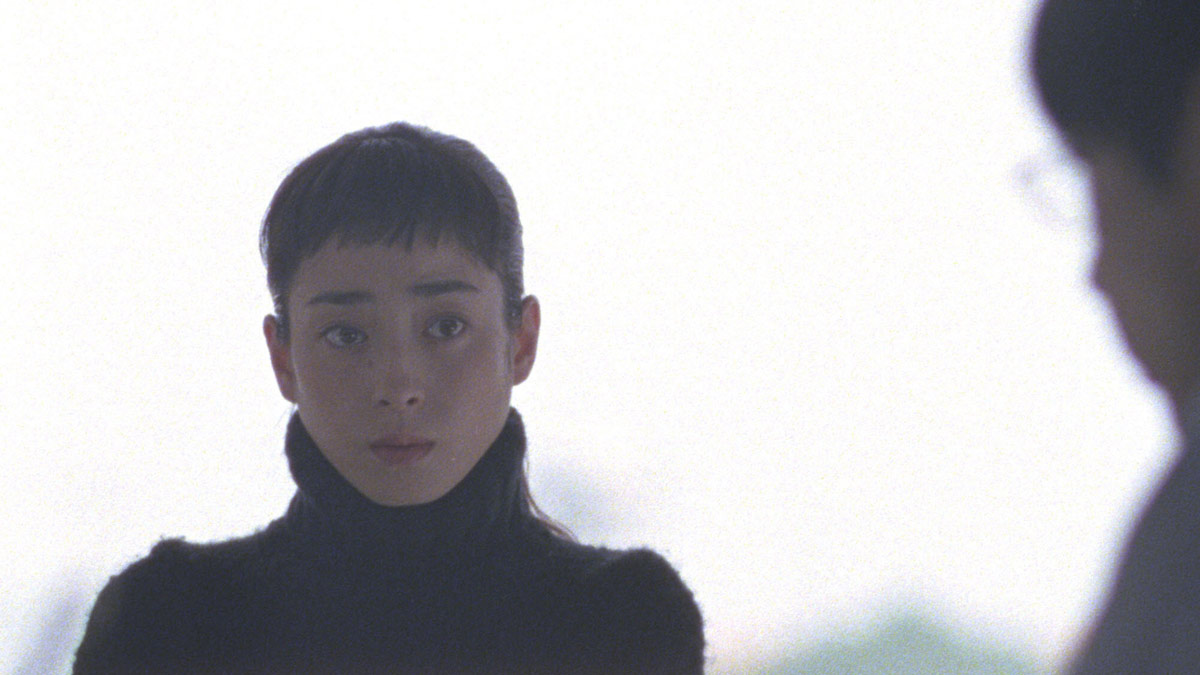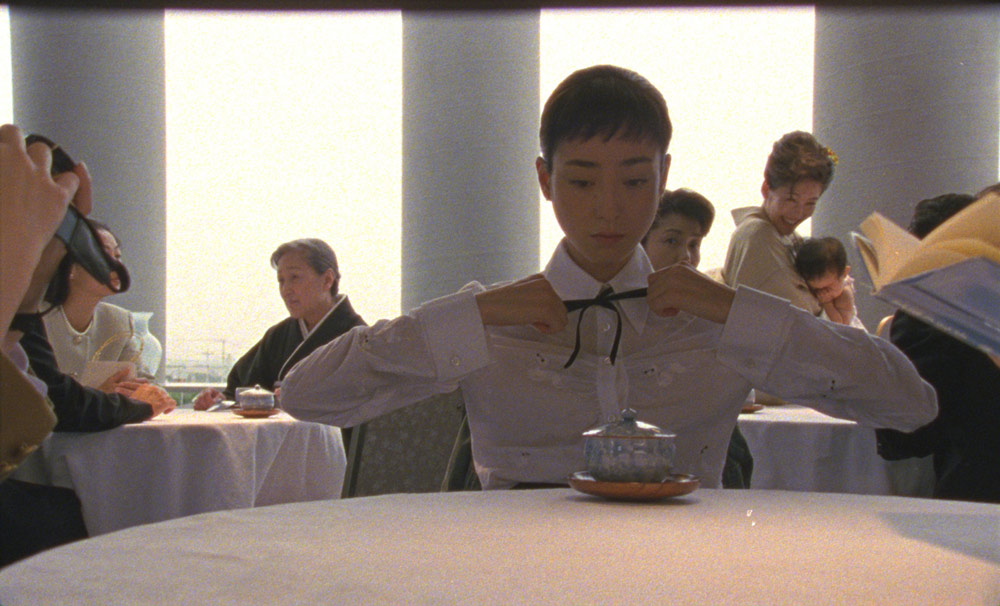
(c) Photofest / Getty Images
How did director Jun Ichikawa's masterpiece ``Tony Takitani'' express that special atmosphere?
2020.07.22
A movie where the wind passes through
Furthermore, another key element was the groundbreaking "set" created to express the atmosphere of Murakami's literature. It was built on a large vacant lot on a small hill in Yokohama. In fact, almost all of the scenes in this film, which are mostly indoors, were filmed on this set.
Yasushi Hirokawa, who was in charge of the shooting, is also a famous photographer, and he left these words about the scene of this work.
"There were some aspects that were influenced by changes in the environment, such as noise and wind, which change from moment to moment. However, the director said, ``Let's make a movie where the wind passes through.'' (*2)
This shooting scene is also recorded in detail in the aforementioned making-of documentary `` Hare no Ie '', which conveys the real situation at the scene that cannot be understood from text alone.

“Tony Takitani” (C)2005 WILCO Co., Ltd.
What surprised me was that although the room was set up, it was not surrounded by walls on all sides like a typical indoor studio, but instead was made up of an open ceiling with only the ceiling and sides to block light. It was a "stage" for exposing.
Furthermore, I was surprised to find that what I thought was a ``large window'' in the main story was actually an open space with no barriers and a breeze blowing through. The main character's workplace and home, as well as the wedding hall, locker room, and bar, are all transformed from this stage. The reason it looks like a regular room is simply because the camera frame cleverly cuts out the space.
The wind blows through. Even though the scenes are indoors, the costumes of the actors sway comfortably. This mysterious sense of incongruity, which would never occur in a normal movie, fits perfectly into the atmosphere of Murakami's literature, where the film seems to float above the ground. Indeed, it can be said that this is an image with a kind of inventive sensitivity that could never be obtained in a highly closed-off movie studio.
*2: Quoted from “ Jun Ichikawa ” p.126

